Blog
Coach Rob – Lesson #4 – Becoming an Efficient Rider
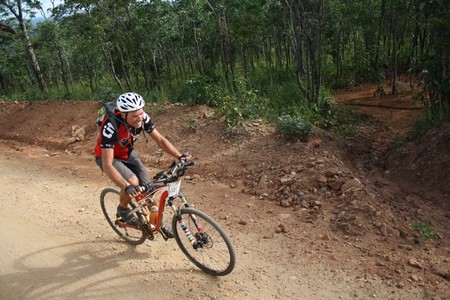
Cyclist’s love their bikes and love to ride them everywhere. We ride in all kinds of weather and terrain. We ride in tours, expeditions and even races. Why? Because we love cycling, pushing ourselves and getting outside and rarely give thought to how we are actually riding our bike. What if I told you that you could become an even better cyclist with some simple tips and a work out or two?
Becoming an efficient cyclists means learning a few things about riding a bike.
Lesson 1 “A Relaxed Cyclist is a Confident Cyclist and a Confident Cyclist is a Fast Cyclist.”
Lesson 2 “To use less energy you need to spin those gears!”
Lesson 3 “Changes to behavior must be practiced to be learned.” The simplest of tips is to relax.
Relaxing on the bike starts with an attitude adjustment followed by good cycling posture and some mental skills. To become relaxed while riding you need to not let negative self talk creep in. An example of negative self-talk would be “This is to hard or I can’t do this or I stink at this.” You need to replace the negative self talk when it happens with more positive inner dialogue like “Almost there or this isn’t so bad or this is going to make me stronger.”
Becoming relaxed starts with the face. If you are squinting or grimacing every time you need to put tension in your legs you are causing your entire body to become tense and this is wasted energy! To relax your face try the following: Let you face go slack just open your mouth and visualize your lower lip flapping in the wind as you ride. It’s an instant muscle relaxer!
To further relax you need to use good cycling posture. Good cycling posture includes keeping elbows slightly bent, never locked, shoulders relaxed, not tense, looking forward, not down at your front wheel. I also strongly recommend that you keep your elbow and knees in. Your elbows should not stick out beyond your handlebars. When pedaling you’re knees should almost brush the top tube of your frame. If it is physically impossible to follow any of the above suggested cycling posture then you might have a bike that is the wrong size for you or a poor bike fit. You can seek out the assistance of your Local Bike Store (LBS) to confirm this.
The next of the simple tips is to rev up your legs.
Mashing pedals is not only taxing to the cardiovascular system it is also taxing to muscular endurance. Once a cyclist has a great bike fit, mastered relaxation and proper posture the next thing to train is the development of the cyclist’s ability to spin pedals faster. We are going to need to train your neuromuscular abilities and in doing so I cannot over emphasize The Importance of Leg Speed. Using pedaling drills and training intervals designed to tax your legs neuromuscular abilities will cause legs to spin faster. Legs that spin faster can create more useable power without using as much force hence making you more efficient. When I say neuromuscular training what I am referring to is making the motor neurons that are responsible for muscle contraction fire quicker. I won’t bore you with anatomy behind neuromuscular junctions but I highly suggest using the workouts outlined below if your average cadence is 80 RPM or less.
How do we make these new tips learned rather than understood?
We practice all of the above and apply them to training rides, group rides, tours and even racing. It sounds simple right? But if you don’t have becoming an efficient cyclist as one of your goals you are not going to have it in the forefront of your mind when you are ridding. By following a simple pedal drill on your easy ride days you will make great strides in increasing your ability to pedal faster. On your next easy ride try the following: Using easy gears (Small Front Ring and Bigger back cogs) try pedaling at 90-100 RPM for 5 minutes and then go back to what feels natural for 10 minutes. Repeat this through out your entire ride. You may notice that your legs will be sore in a different way than you are use to. You may find that your hips, glutes and IT Bands ache. This is because you are training your body to recruit more muscles through out your pedal stroke. It usually passes in a day. After you have tried this pedaling drill for a couple of weeks it disappears all together as your body adapts to the new demands. While this pedal drill is fantastic for getting muscles adapted to moving faster it is only going to help so much. To further increase your leg speed you will need to use interval training to make further adaptations. Follow the below suggested workouts to make the ultimate improvements!
Quick and short workouts for faster legs
You can develop pedaling efficiency quicker with these 2 workouts done twice a week and in 4-6 weeks you will see your average cadence/RPMs increase with out you even thinking about it! You will need access to safe roads or a stationary bike/trainer a bike computer that measure cadence/RPM and two 30-minute sessions per week for 4-6 weeks. You should also make sure your regular doctor approves of you doing this kind of training. If you have knee or hip issues, injuries and other ailments consult with a medical professional before trying the below.
Super Spins
Time: 00:30:00(beginner) – 01:00:00(advanced) Gearing: Easy (Small front chain ring and larger rear cogs) Efforts: 12X1x2 (12 intervals = 1 set, followed by 2 minutes of Recovery) (advanced do 2 sets) Warm Up: 5 minutes using your normal cadence Interval: for a count of 10 seconds spin as fast as you can seated with out bouncing in the saddle. You should be trying for an RPM range greater than 90 RPM. Just remember that you have several of these to do so pace your self and finish strong! Recovery: Soft pedal for 2 minutes putting zero tension in your legs and no force on the pedals Cool down: Soft pedal for 5 minutes and you are done
Spin Ups
Time: 00:30:00(beginner) – 01:00:00(advanced) Gearing: Easy (Small front chain ring and larger rear cogs) Efforts: 12X1x2 (12 intervals = 1 set, followed by 2 minutes of Recovery) (advanced do 2 sets) Warm Up: 5 minutes using your normal cadence Interval: for a count of 30 seconds gradually spin up as fast as you can seated with out bouncing in the saddle. You can break the interval into 3 segments First 10 seconds 90 RPM, Second 10 seconds 95 RPM, Final 10 Seconds 100RPM or greater Recovery: Soft pedal for 2 minutes putting zero tension in your legs and no force on the pedals Cool down: Soft pedal for 5 minutes and you are done
I hope you found this article on pedaling efficiency helpful and if you have questions related to this or other articles please feel free to email me.
Have a great ride,
Coach Rob Grissom is a competitive cyclist, runner and duathlete who coaches both competitive and recreational cyclists. Rob is the owner of Positive Performance Coaching and a co-host of the popular Cyling360 podcast. When Rob isn’t racing, training or coaching he can be found spending time with his wife and two children at their home in Central Kentucky.
| Related articles · The importance of leg speed · Q&A with Coach Rob · Tip: It’s High Cadence not a Rodeo! · Tip: To Ride Faster Soft Pedal d@m9 it! | Related Podcasts · The Climbing Show · The Cycling 360 Mailbag · Buying a Bicycle Computer |
 REGISTER NOW
REGISTER NOW
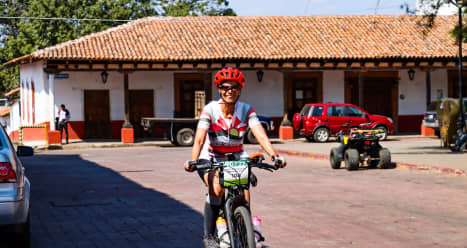
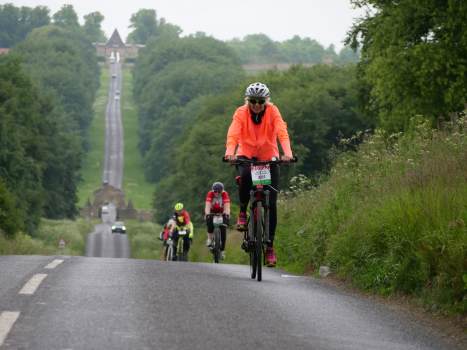
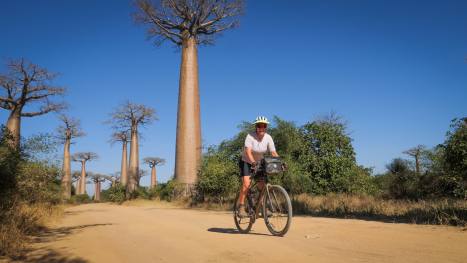
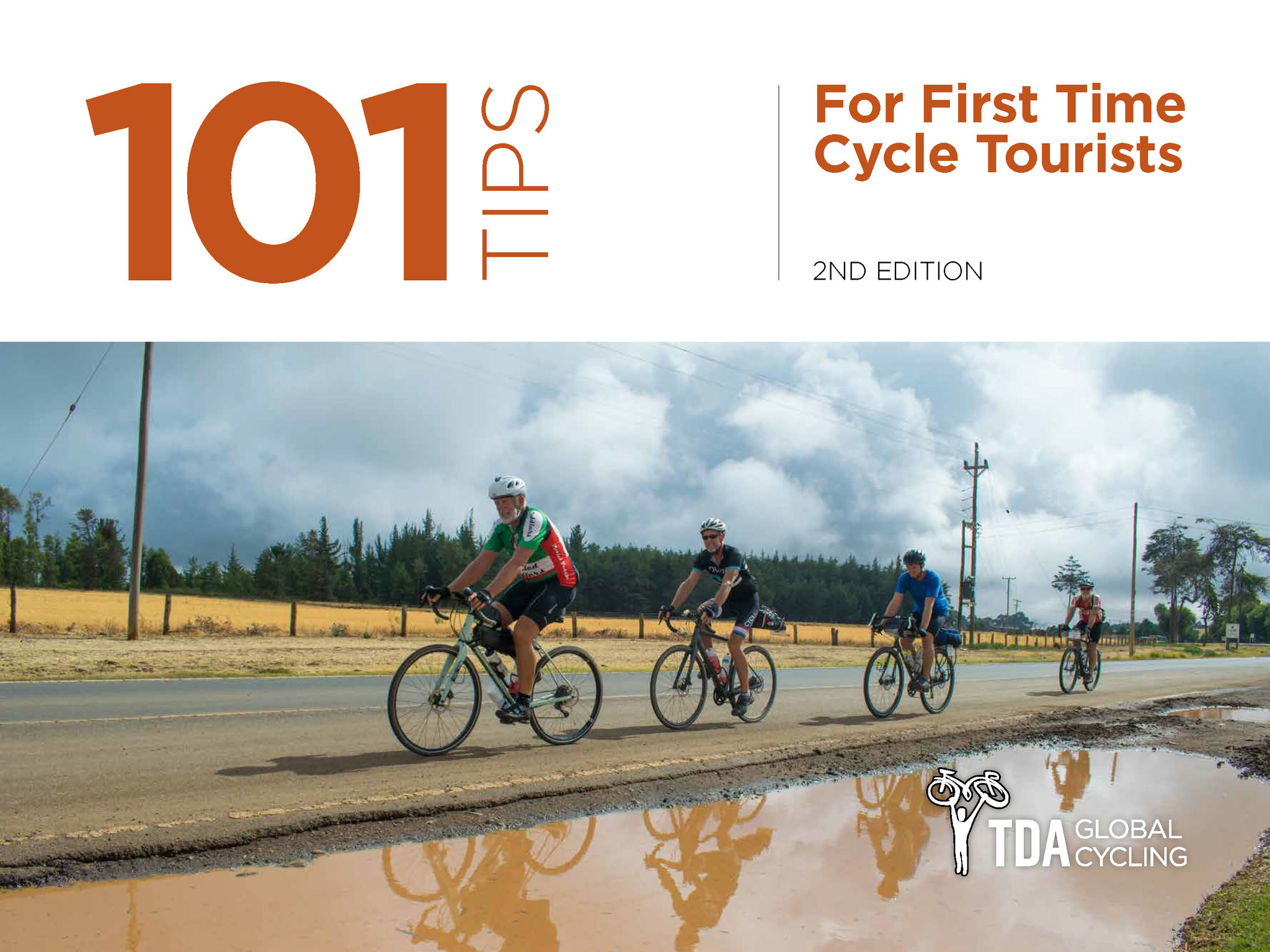
Leave a Comment for "Coach Rob – Lesson #4 – Becoming an Efficient Rider"